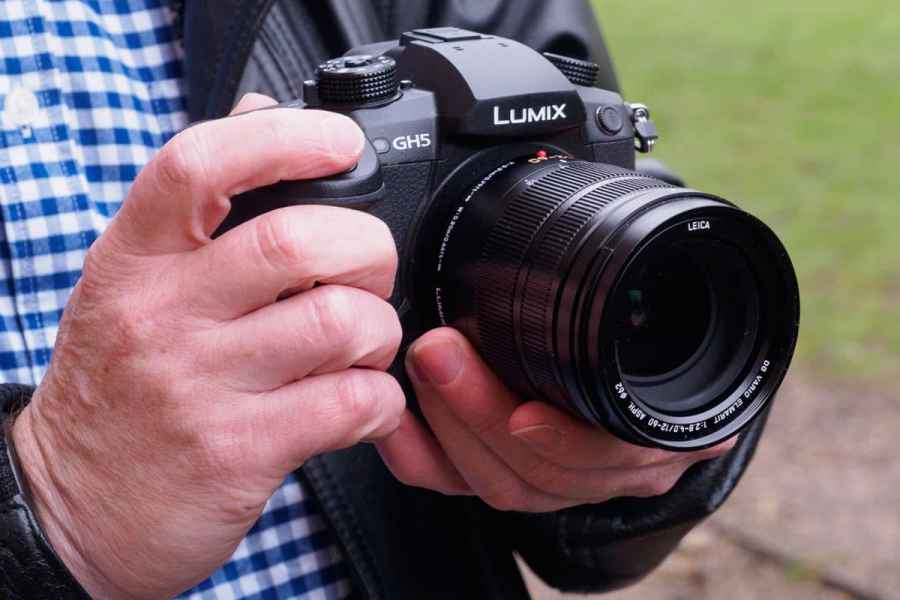Both Olympus and Panasonic announced their top-of-the-line Micro Four Thirds cameras at Photokina back in 2016. It took until 2017 however for Panasonic to reveal the full specifications at CES in early January.
Here, we take a look at how the two supremos of the line-up shape up with a look at key specifications. If you already have some Micro Four Thirds lenses from either brand, they’ll be compatible with either camera, making a choice between the two potentially tricky – read on to find out who beats who at what.
Panasonic GH5 vs Olympus OM-D E-M1 II: Sensor

Behind the Micro Four Thirds mount is a brand-new 20MP sensor with on-chip phase detection
There’s barely anything in it between the two sensors, as both have broken the 20MP barrier. The Olympus is ever so slightly higher at 20.4MP, compared with 20.3 from Panasonic. Both represent an increase from their predecessors. The Panasonic sensor doesn’t have an anti-aliasing filter, which should, in theory at least, make it better equipped for resolving detail.
Panasonic GH5 vs Olympus OM-D E-M1 II: Processor
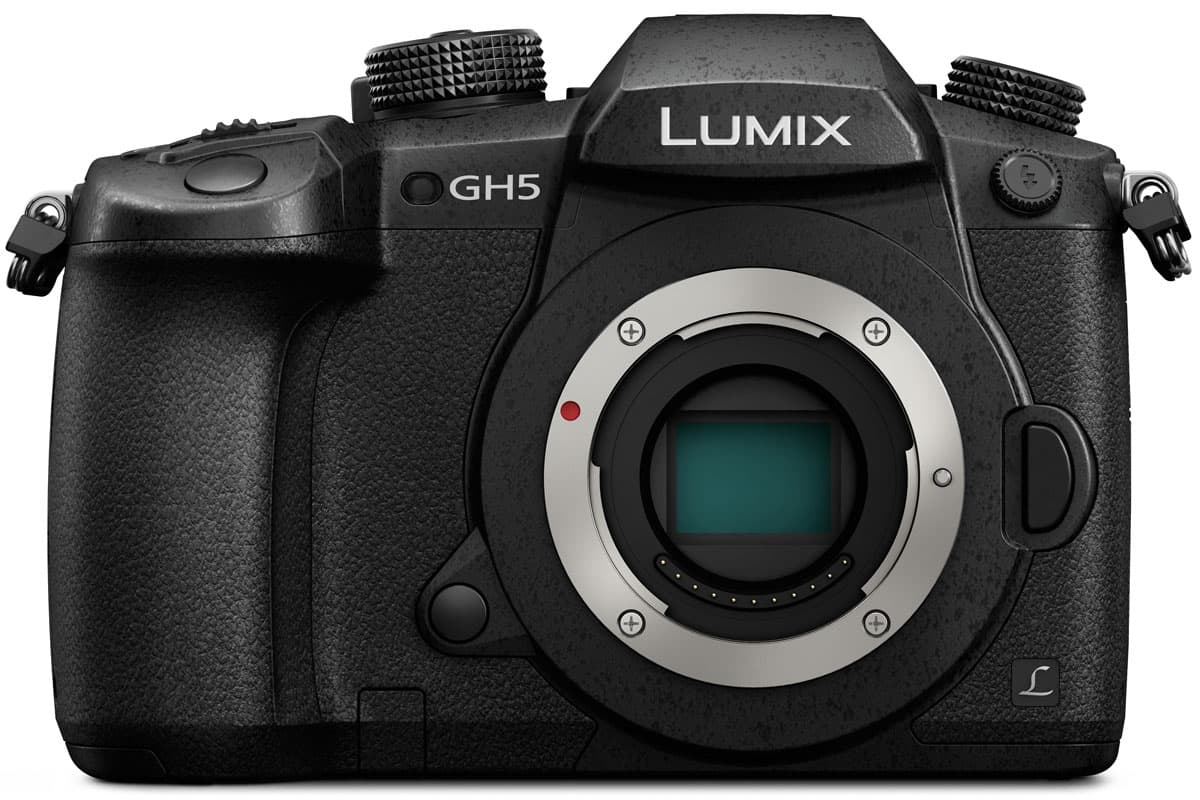
Panasonic Lumix DC-GH5
Both the cameras use the latest version of each company’s processor. For Panasonic that means it’s got the latest Venus engine, while the Olympus has a TruePic VIII engine. Both promise to help deliver low noise, fast speeds and a range of other benefits.
Panasonic GH5 vs Olympus OM-D E-M1 II: autofocus
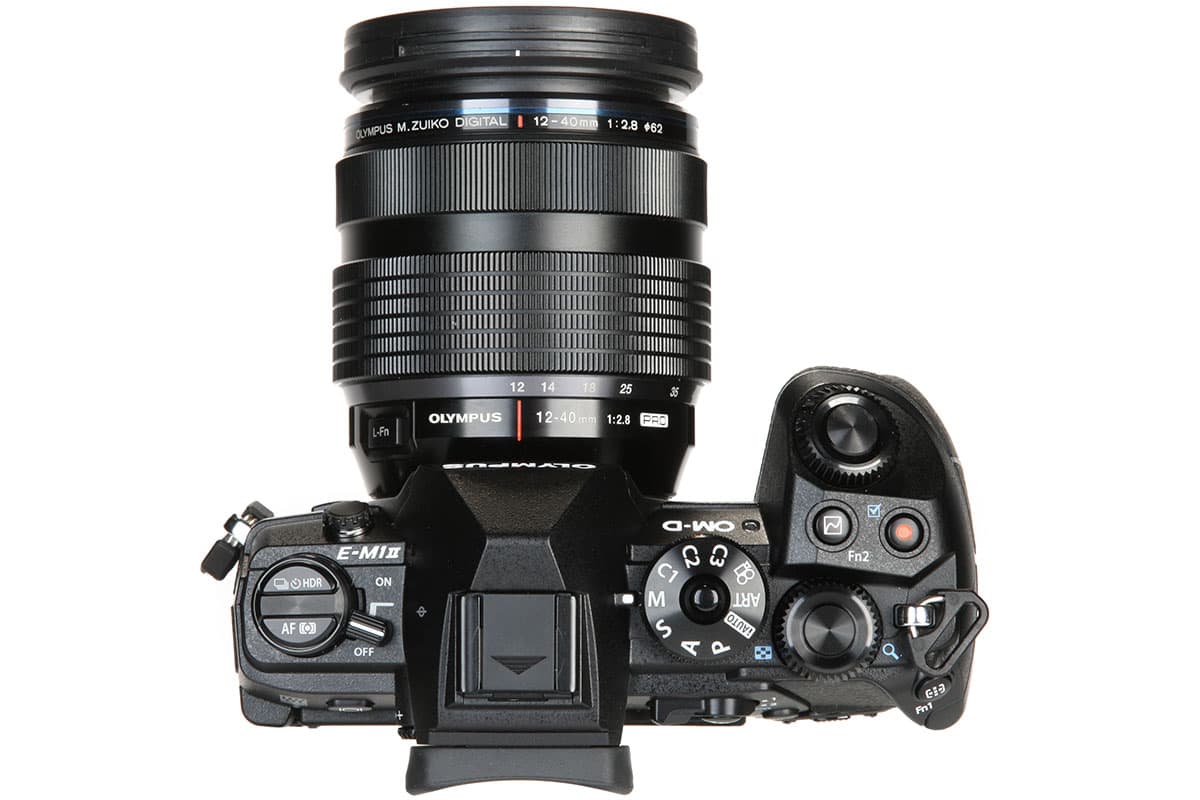
The top-plate has twin electronic control dials, a locking exposure mode dial and an array of buttons
Both of the cameras promise big advances in autofocusing technology. The Olympus OM-D E-M1 II has an impressive all cross-type array of 121 autofocus points, while the GH5 has 225 focus points, with an improved depth from defocus system which delivers a promised AF speed of just 0.05 seconds. It seems like the two could be reasonably evenly matched – it’ll be interesting to see how they compare when we have tested full-production samples of both.
Panasonic GH5 vs Olympus OM-D E-M1 II: stabilisation

The stabilisation system on board the Olympus OM-D E-M1 II was one of the big wow specifications when it was announced. It has a 5-axis sensor shift stabilisation that promises 5.5EV stops – or to put it another way, up to two full seconds of shooting handheld blur-free. We’ve been able to test a full production sample and verify these claims – and it’s very impressive stuff. Panasonic also uses a new 5-axis system, which promises 5 stops of compensation – not too far off.
Panasonic GH5 vs Olympus OM-D E-M1 II: Screen and viewfinder
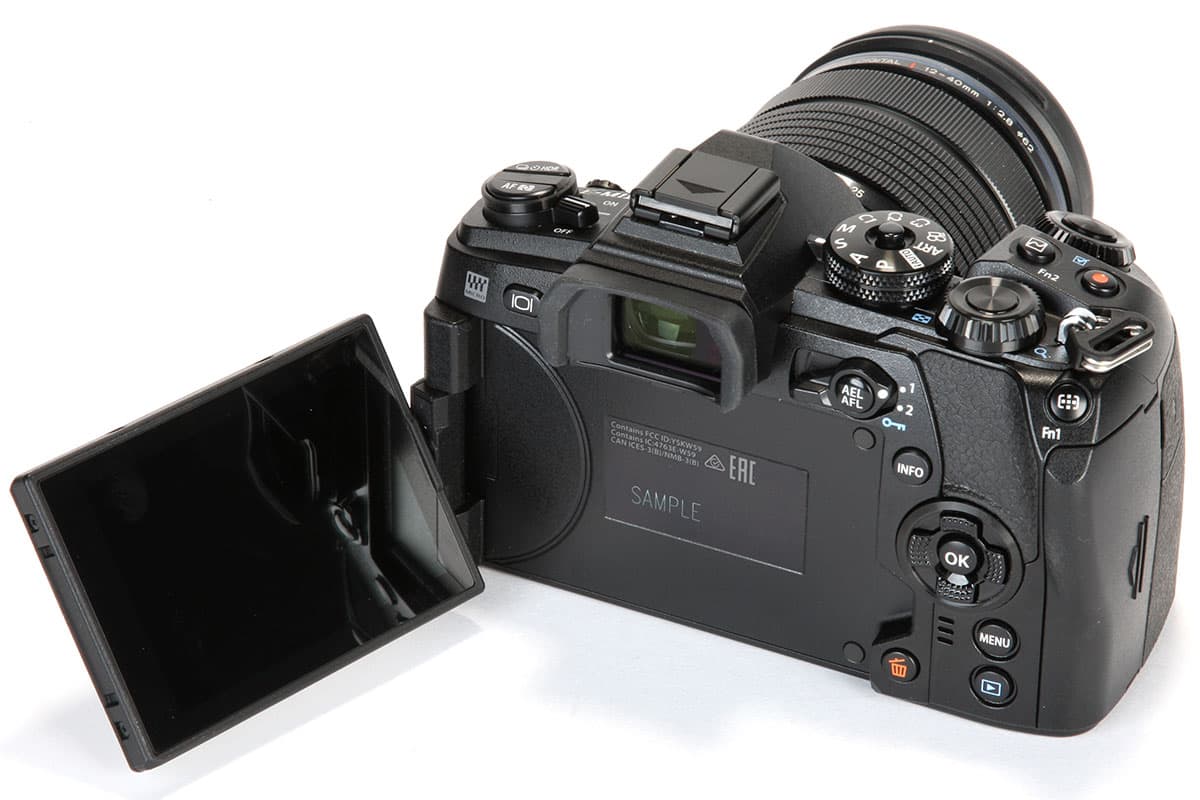
A fully-articulated touchscreen replaces the E-M1’s tilt-only unit
The GH5 boasts an extremely high resolution viewfinder, with 3,680k-dots. Meanwhile, the Olympus viewfinder is still high resolution at 2,360k-dots, but of course lags behind the GH5. The GH5’s screen also has more dots, at 1,620k-dot compared with the OM-D E-M1 II’s 1,037k-dots. Both are vari-angle devices, and both are touch sensitive.
Panasonic GH5 vs Olympus OM-D E-M1 II: design

Almost all of the GH5’s body is covered in buttons and dials, giving loads of direct control
Panasonic has gone pretty big for the GH5, while the Olympus is smaller. The official measurements are 138.5 x 98.1 x 87.4mm for the GH5, and 134.1 x 90.9 x 68.9mm for the OM-D E-M1 II. The Panasonic, at 725g (including battery and memory card) is also significantly heavier than the Olympus, which weighs in at 574g (also including battery and memory card).
Both the cameras are splashproof, dustproof and freeze proof down to -10 degrees.
Panasonic GH5 vs Olympus OM-D E-M1 II: battery life
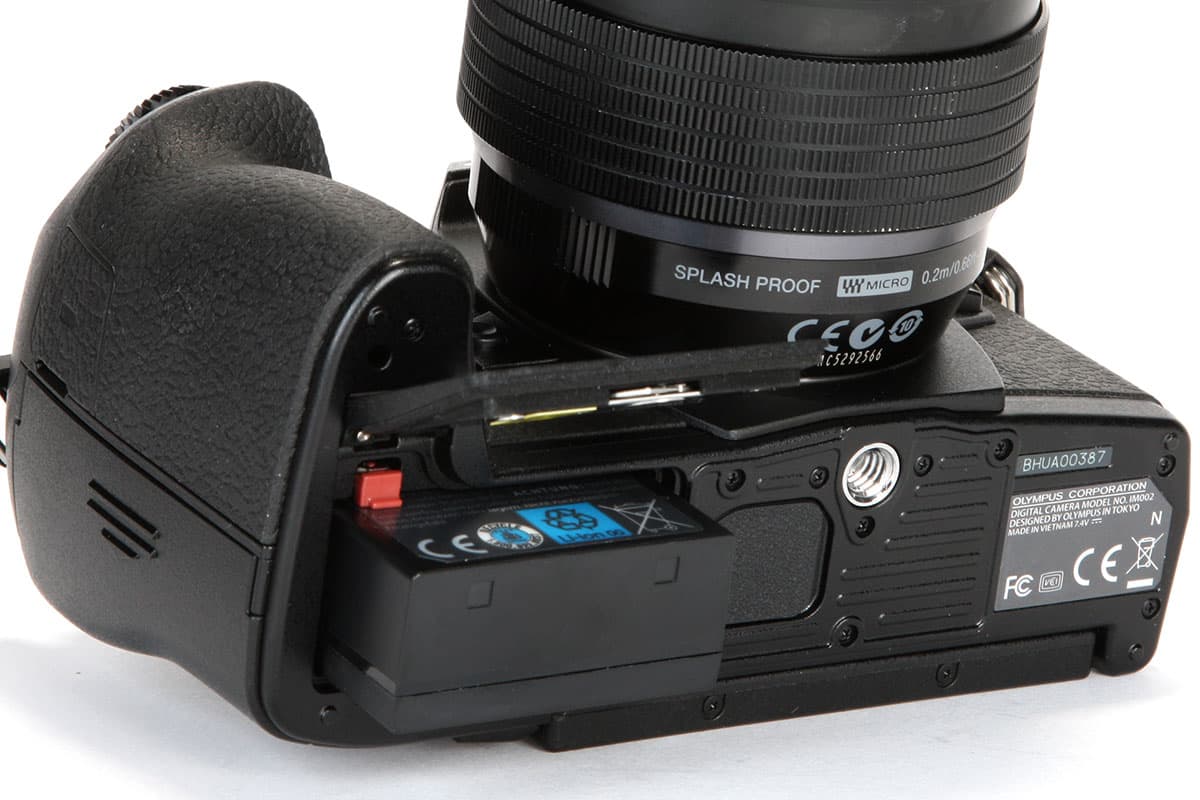
A chunky new battery offers 40% more stamina than the E-M1’s and charges in half the time
The cameras share a reasonably similar battery life, with just 30 shots in it. The Olympus just pips the Panasonic, offering 440 shots compared with the GH5’s 410. It’s clear that with either, you may have to invest in a second battery if you intend to be shooting for long periods of time away from a charger. On the plus side, the Olympus has the facility to quick charge to full in just two hours.
Panasonic GH5 vs Olympus OM-D E-M1 II: memory cards
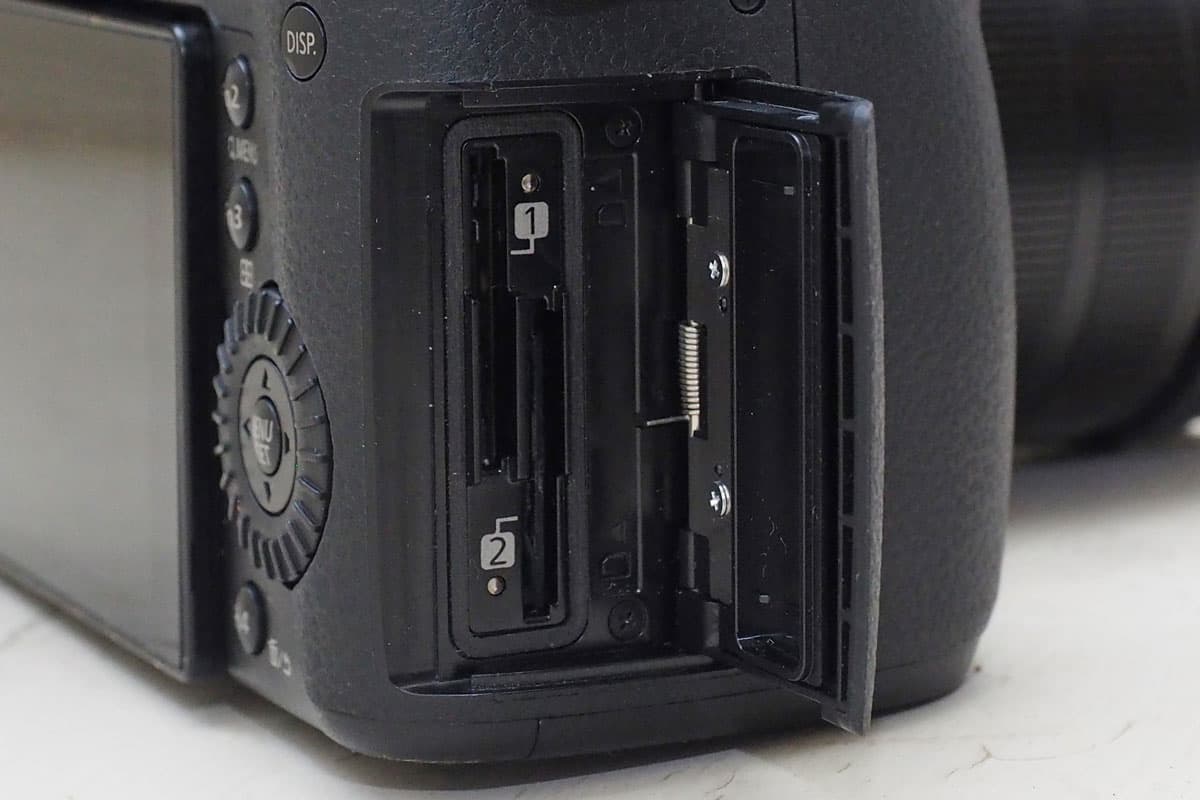
Files can be backed up to both of the SD cards, or different file types (raw, JPEG or video) recorded to each
While both the cameras have dual memory card slots, it’s only the Panasonic GH5 which are both compatible with UHS-II memory cards. That’s good news for 4K video recording, and fast speeds in general. The Olympus has one slot which is compatible with the UHS-II format – which is still better than none, of course.
Panasonic GH5 vs Olympus OM-D E-M1 II: video
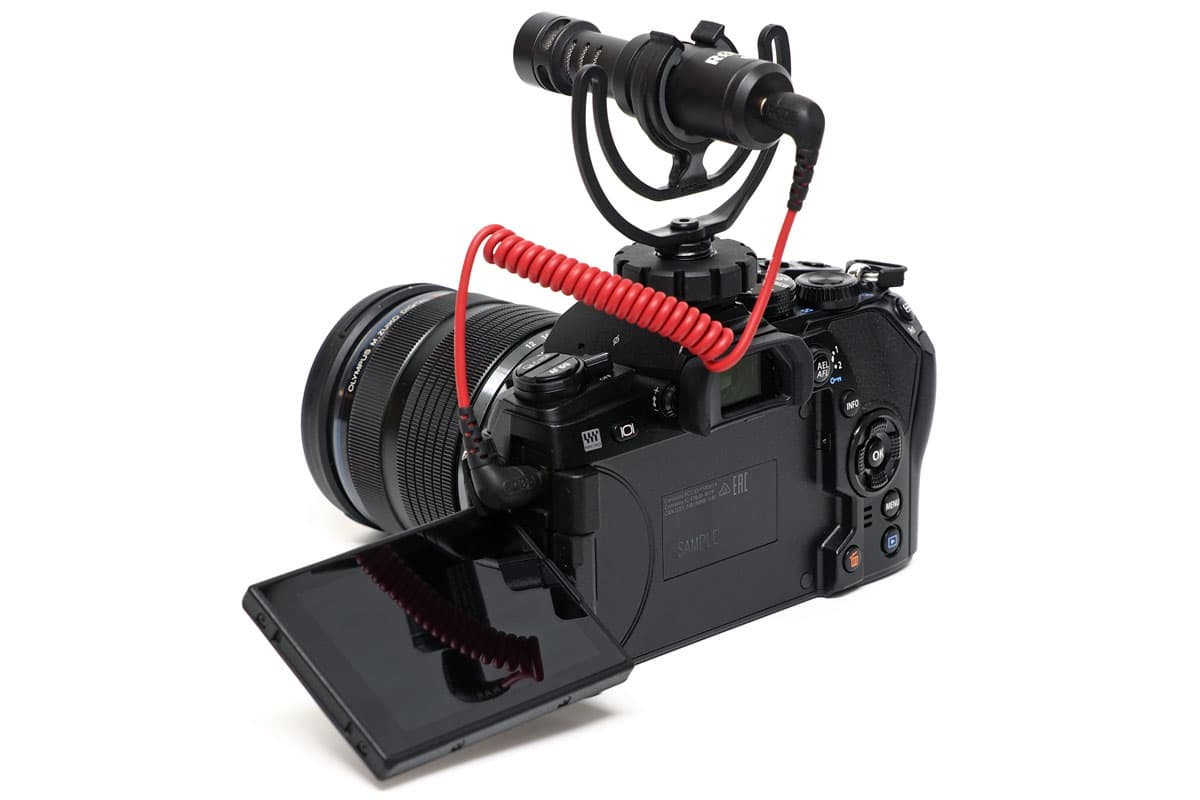
The E-M1 II accepts external microphones for sound recording during video
Panasonic has long been the choice of videographers, and it looks set to continue with a heap of video friendly specifications for the GH5, including 4K video recording at frame rates up to 60p – a first for 4K compact system cameras. Olympus hasn’t tried to claim that the OM-D E-M1 II is designed for videographers, but there are certain specifications, such as the fantastic image stabilisation, that are undeniably useful to that kind of user.
Panasonic GH5 vs Olympus OM-D E-M1 II: Other features

Panasonic Lumix DC-GH5
One of the key features of all modern Panasonic cameras is 4K Photo – which allows you to record video and extract stills. Previously this allowed you to extract 8MP stills from 30fps video – in other words, for every second of action, you would have 30 different images to choose from. For the GH5, the ante has been upped. Not only can you shoot at 60fps and double your options, but you can now shoot in the new “6K Photo” format. This is restricted to 30fps, but, you can now extract 18MP stills.
By contrast, Olympus has “Pro Capture” mode, which allows you to shoot at 60fps in full resolution, in both raw and JPEG – a seriously impressive feature which is incredibly useful for capturing split second moments.
Panasonic GH5 vs Olympus OM-D E-M1 II: Price
For the time being, the Olympus OM-D E-M1 II is a little more expensive than the GH5. The body only price is around £1849, while the GH5 comes in at £1699. Various kits and configurations, at various price points can also be bought.
Panasonic GH5 vs Olympus OM-D E-M1 II: Conclusion
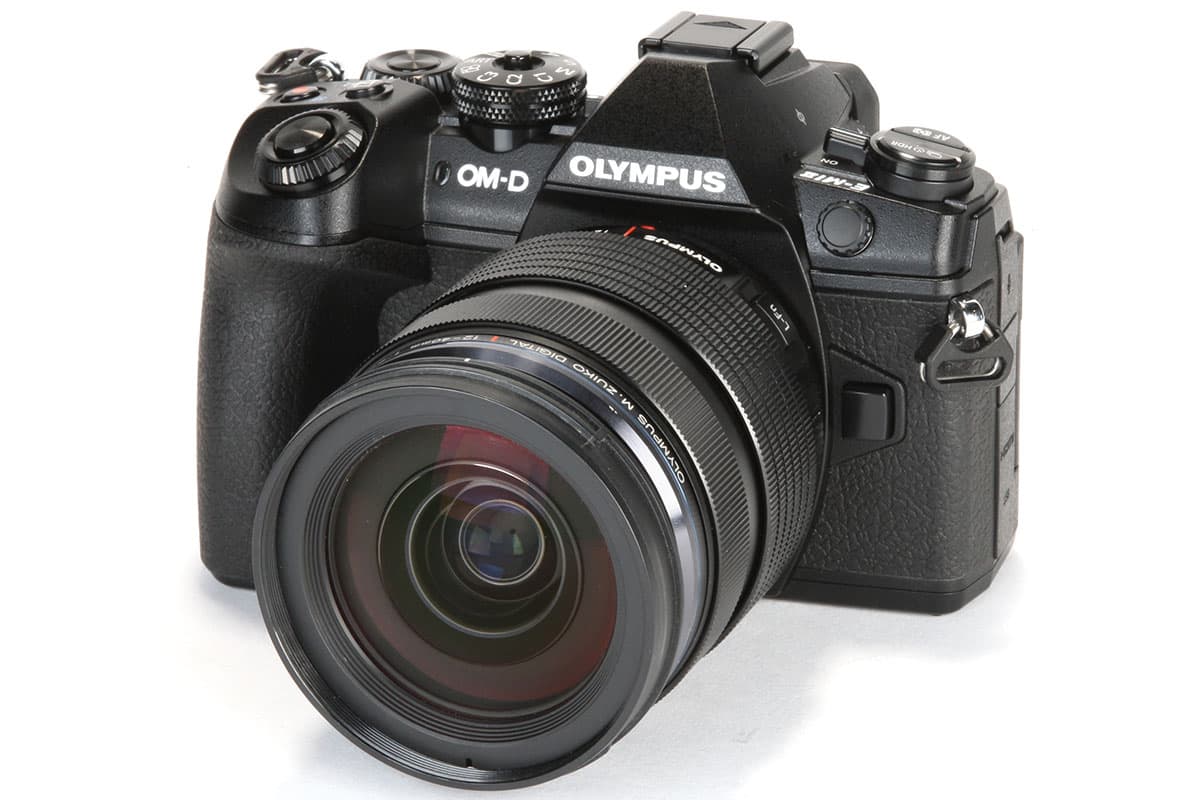
The E-M1 Mark II resembles its predecessor with an essentially identical layout
This head-to-head is incredibly difficult to call. The good news is, both cameras look to be incredibly good – so you shouldn’t be disappointed with whichever one you decide to go for. It will be fantastic to put both of these cameras fully through their paces, to see if a definitive conclusion can be made.

